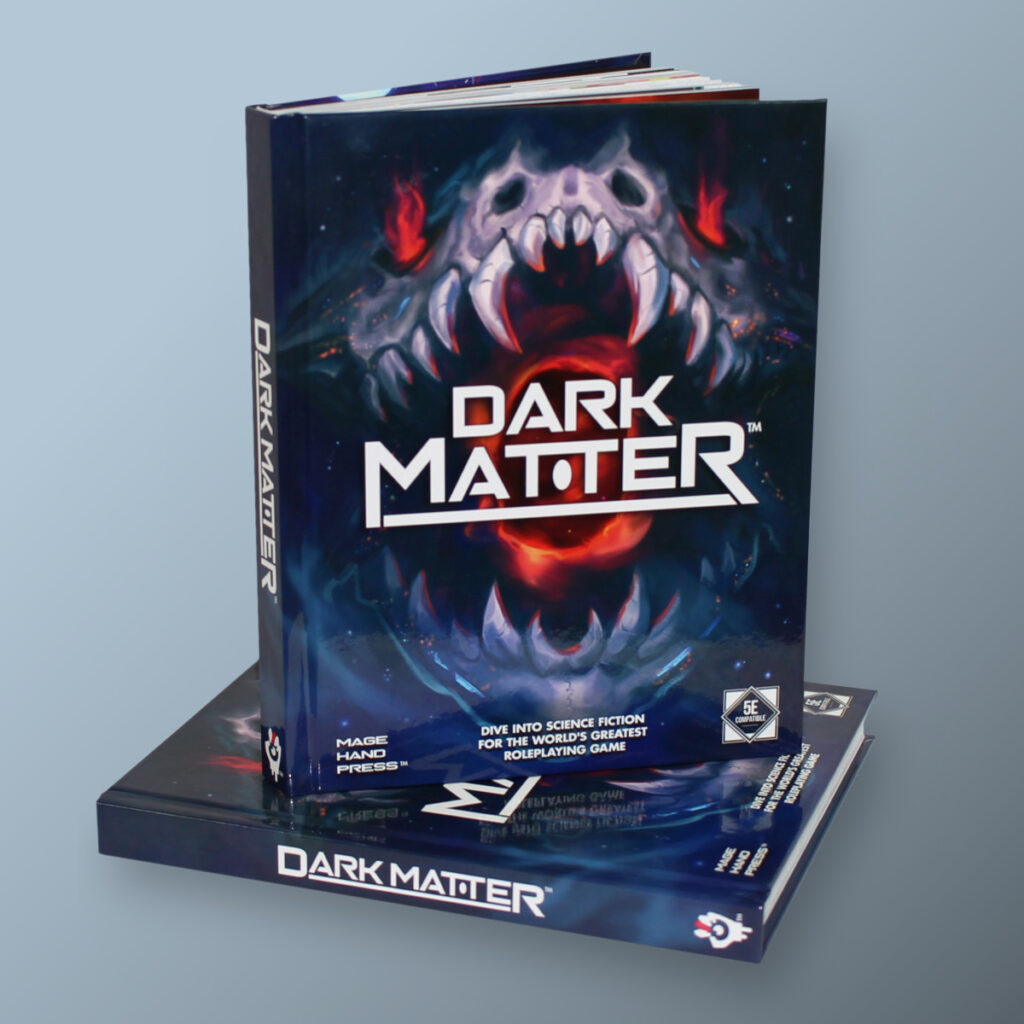Comments from the Finger: Here we have another beloved prestige class to come from 3.5 almost solely because of mechanical advantage. In D&D 3.5 (and some would argue with 5e as well) the only way to be mechanically optimal, that is, not being crushed in a level-appropriate encounter while the rest of your party stands strong, you had to acquire spells and hopefully work them back into your character’s core conceit. The Spellwarp Sniper was not only a favored tool for 3.5 rogues to tie spellcasting mechanics to the classic rogue design, but it did it in a way that allowed someone to deal fistfuls of d6s. Hopefully, this rendition reins in some of the power-gaming the original catered to, while still being fun enough to inspire interesting play.
Spellwarp Sniper
You are more accurate with rays of flame than an archer is with his arrows, and twice as deadly. Not content to splash around messy evocation magic to slay your foes, you have learned to alter the form of your spells into exact rays of lethal potential. Deadly and precise, you favor the methods of a surgeon, meticulously eradicating your foes, rather than the disorganized violence of a butcher.
Spellcasting
When you reach 3rd level, you gain the ability to cast spells. See chapter 10 for the general rules of spellcasting and chapter 11 for the wizard spell list.
Cantrips. You learn two cantrips: fire bolt and one cantrip of your choice from the wizard spell list. You learn another wizard cantrip of your choice at 10th level.
Spell Slots. The Arcane Trickster Spellcasting table shows how many spell slots you have to cast your spells of 1st level and higher. To cast one of these spells, you must expend a slot of the spell’s level or higher. You regain all expended spell slots when you finish a long rest.
Spells Known of 1st-Level and Higher. You know three 1st-level wizard spells of your choice, two of which you must choose from the evocation and illusion spells on the wizard spell list. The Spells Known column of the Arcane Trickster Spellcasting table shows when you learn more wizard spells of 1st level or higher. Each of these spells must be an evocation or illusion spell of your choice, and must be of a level for which you have spell slots. For instance, when you reach 7th level in this class, you can learn one new spell of 1st or 2nd level. The spells you learn at 8th, 14th, and 20th level can come from any school of magic. Whenever you gain a level in this class, you can replace one of the wizard spells you know with another spell of your choice from the wizard spell list. The new spell must be of a level for which you have spell slots, and it must be an evocation or illusion spell, unless you’re replacing the spell you gained at 8th, 14th, or 20th level.
Spellcasting Ability. Intelligence is your spellcasting ability for your wizard spells, since you learn your spells through dedicated study and memorization. You use your Intelligence whenever a spell refers to your spellcasting ability. In addition, you use your Intelligence modifier when setting the saving throw DC for a wizard spell you cast and when making an attack roll with one.
Spell save DC = 8 + your proficiency bonus + your Intelligence modifier
Spell attack modifier = your proficiency bonus + your Intelligence modifier
Raystrike
By 3rd level, you can make Sneak Attacks with ranged spell attacks, in addition to finesse and ranged weapons, if the spell deals damage to the target. You may apply half the number of d6s listed on the Sneak Attack table (rounded up) to Sneak Attacks used in this way.
Spellwarp
At 9th level, you can alter the form of certain spells as you cast them. When you cast a spell of duration instantaneous that affects an area, you may change that spell’s range to a single target with a range of 60 feet. All other effects of the spell remain unchanged, but you must now make a ranged spell attack to hit the targeted creature. If the spell requires that the target makes a Dexterity saving throw, the creature automatically fails this save.
Silent Spell
At 13th level, when you cast a spell, you can cast it without any somatic or verbal components. After using this ability, you cannot use it again until you complete a short or long rest.
Ray Mastery
At 17th level, when you make a ranged spell attack, you can deal maximum damage. After using this ability, you must complete a long rest before using it again.
Changelog: 7/6/15: The ordering of Raystrike and Spellwarp have been reversed. That is to say, Raystrike is now at 3rd level, and Spellwarp is at 9th.
7/13/15: Spellwarp now automatically causes its’ target’s Dex save to fail.
2/6/16: Raystrike rounds up



